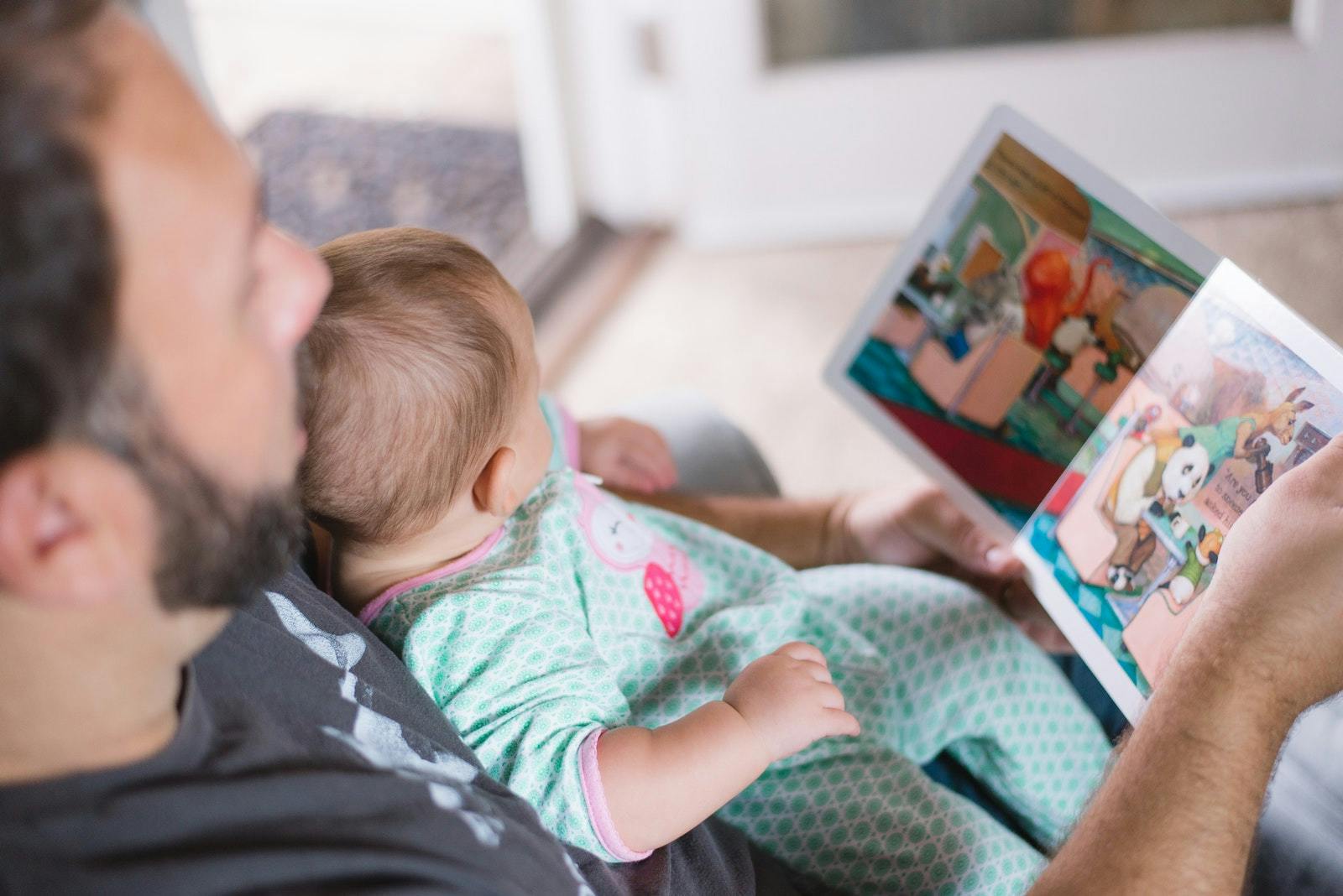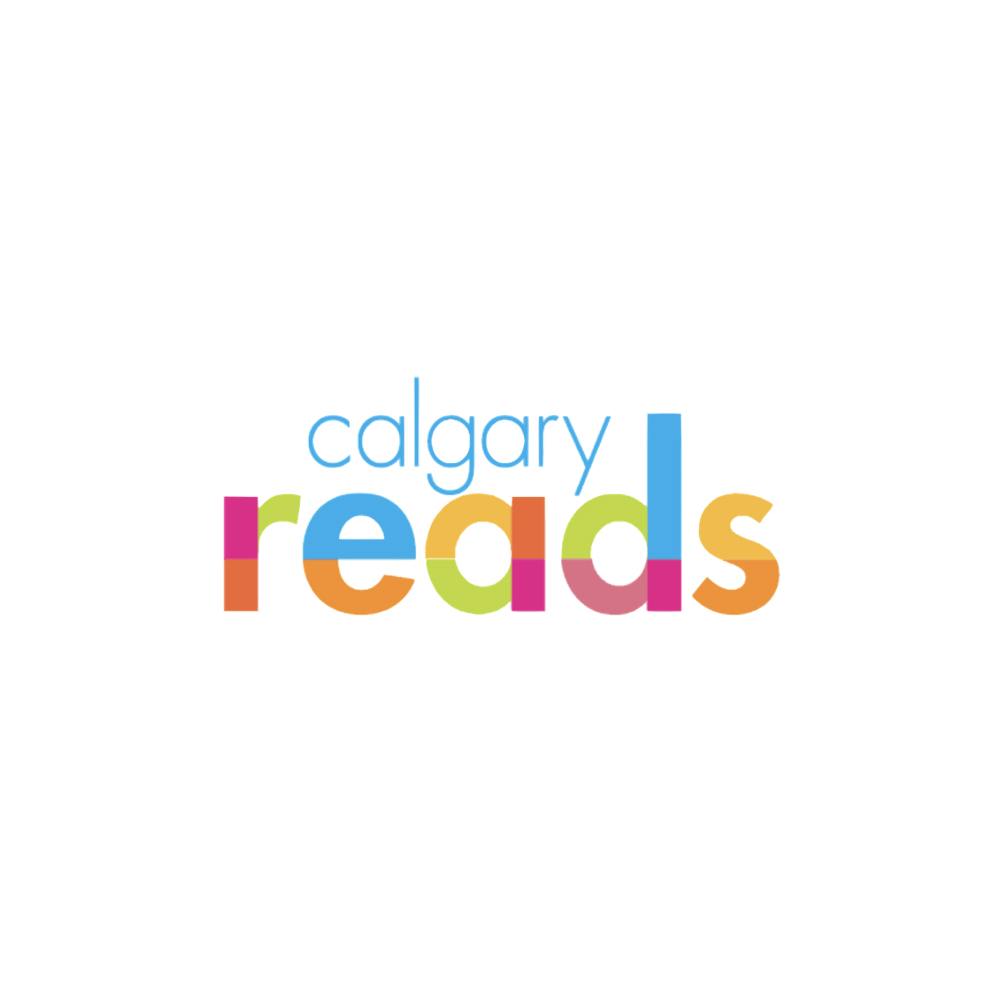By Calgary Reads
Most of us can’t imagine a home without any books—certainly not in Canada. And if we did, we might assume it’s because the residents of that home don’t care about reading. As it turns out, there are many myths that abound about book ownership.
Myths and reality about book ownership
Myth #1: Most households have plenty of books, or at least can afford to.
Reality: Research from the U.S. and Calgary Reads’ own Reading Place schools tells us this is not the case. More than 50% of Canadian households don’t spend any money on books and 61% of households in the U.S. contain no books at all.
Myth #2: Families without books lack interest in reading.
Reality: “When poor people, even those at low literacy levels, have a little extra money, they will buy inexpensive books. But some families have so little disposable income, they can’t afford any books.” – Susan B. Newman, University of Michigan
Myth #3: Children can find good books at school or at the library.
Reality: While this is true, most school and classroom libraries are underfunded and unable to meet demand. According to Indigo Books & Music, “the school book budget for one child in the 1970s must stretch to cover nine children today.” Many families also don’t live near a library branch.
Myth #4: Calgary is a wealthy city.
Reality: Not everyone is wealthy. In Calgary, nearly 1 in 7, or 13.8%, of children live in low-income households. There are nearly 300 homeless children in Calgary and Brown Bagging for Calgary’s Kids provides lunch to 3,200 school children every day.
Data released from Scholastic’s Kids and Family Reading Report 2017 tells us that households with an income over $100,000 average 127 books, while those with an income below $35,000 average 69 books.
Childhood poverty has negative impacts on literacy
Children who grow up in poverty are at greater risk of struggling with reading for a variety of reasons. They are more likely to:
- Grow up in homes without books or print (newspapers, magazines, etc.) and may have difficulty in visiting a public library because of time, language or transportation barriers
- Live in poorer neighbourhoods that have fewer libraries and bookstores (and a smaller selection of quality books in each bookstore). In the most extreme example reported in one study, a wealthy community had 16,000 children’s titles for sale compared to just 55 in a poorer community in the same city
- Have parents or caregivers with low-literacy skills who are less able to support their children’s reading by reading aloud to them, modelling reading, or valuing reading themselves
- Experience less talking and encouragement at home, leading to a word gap up to 32 million fewer words heard by age 4 than their middle-class peers.
Books combat poverty
Because education is one of the best cures for poverty, one of the easiest ways to improve early literacy is also a tool for fighting poverty. The “mere presence” of books improves academic outcomes for children and as few as 20 books in the home has a significant impact, with the benefits increasing as more books are added. Children of lesser-educated parents benefit the most from having books in the home.
Increasing book ownership is a key strategy for Calgary Reads. In the past two years the Calgary Reads Book Bank has distributed more than 14,000 children’s books to over 2,100 families that are clients of the Calgary Food Bank, many of whom own books for the first time. We also have programs that donate books to children through their schools and to babies and infants through public health nurses. Schools, Little Free Library stewards, and community agencies are invited to our Big Book Sale Unsold Event to pick up books. Through these measures and corporate and community book drives, and building awareness about the issue, we are helping to shift the book imbalance in Calgary.




